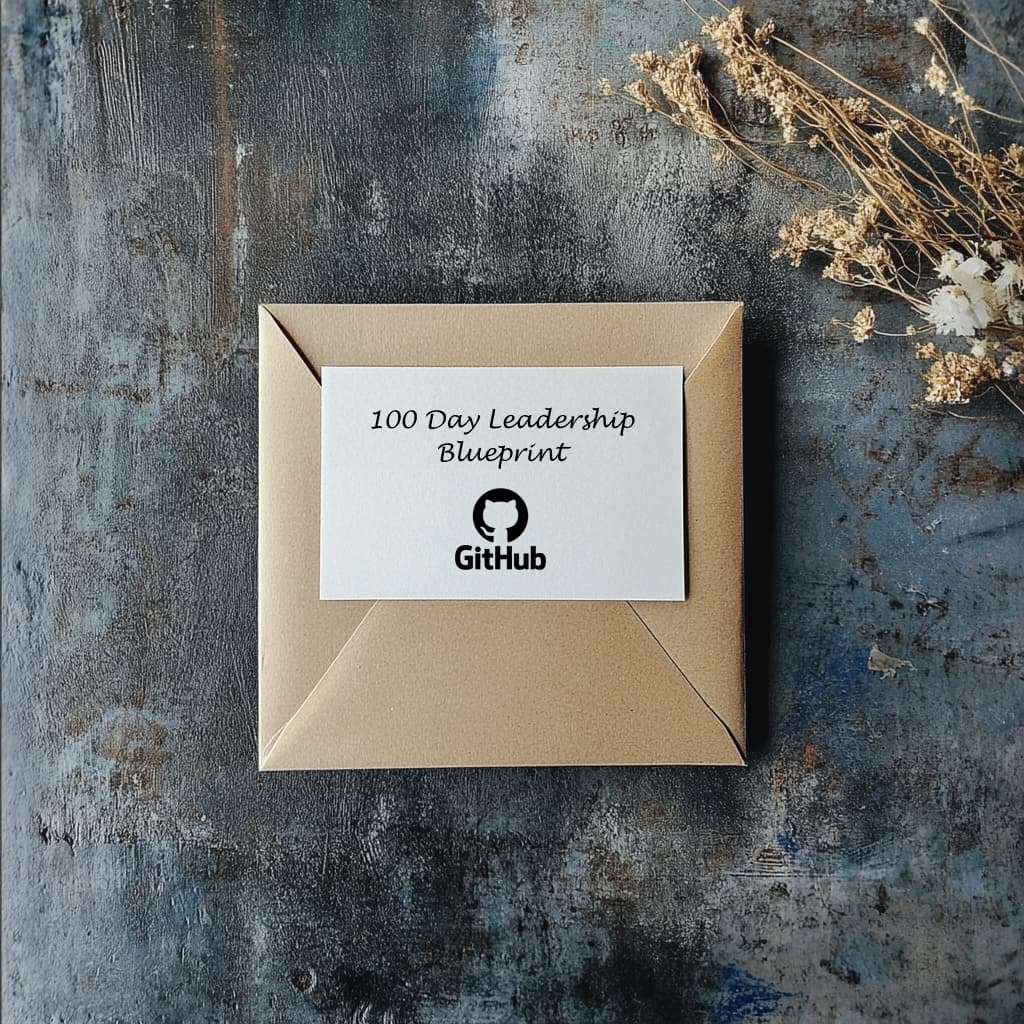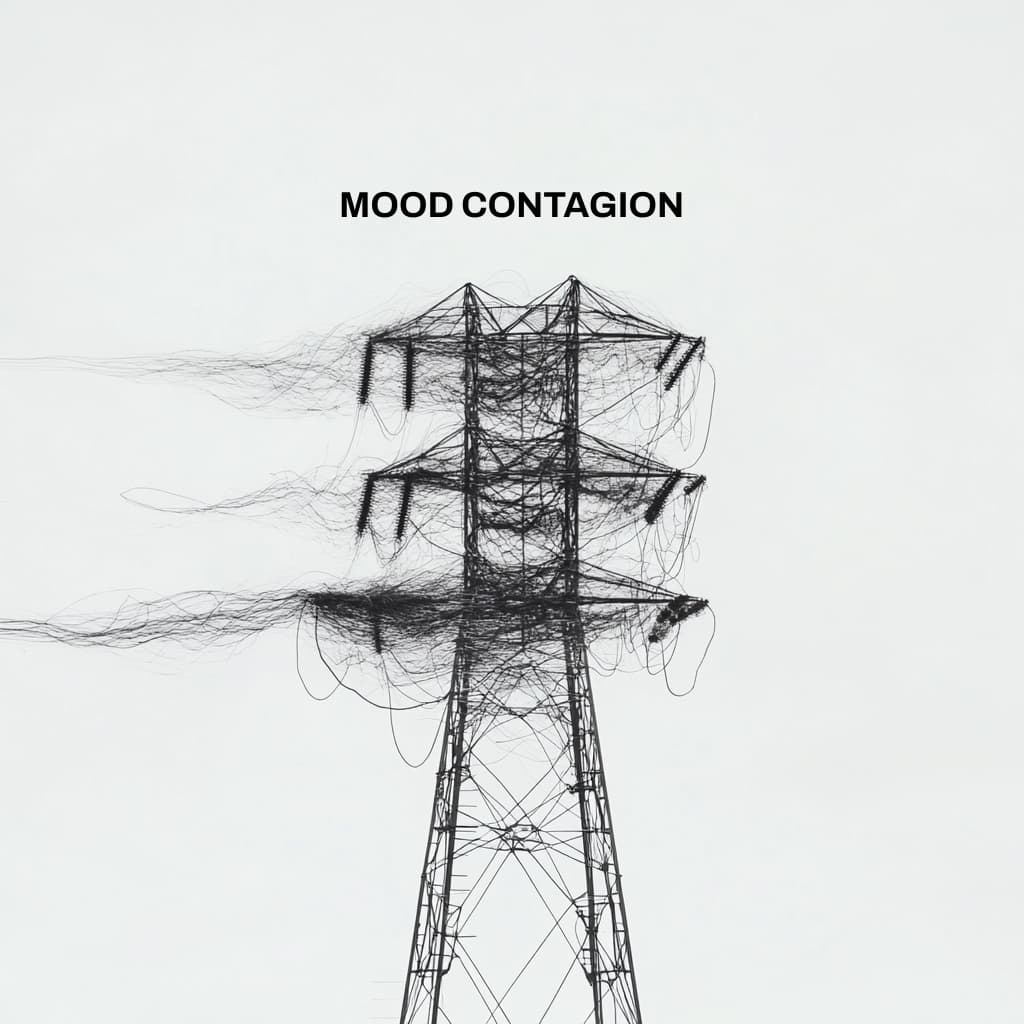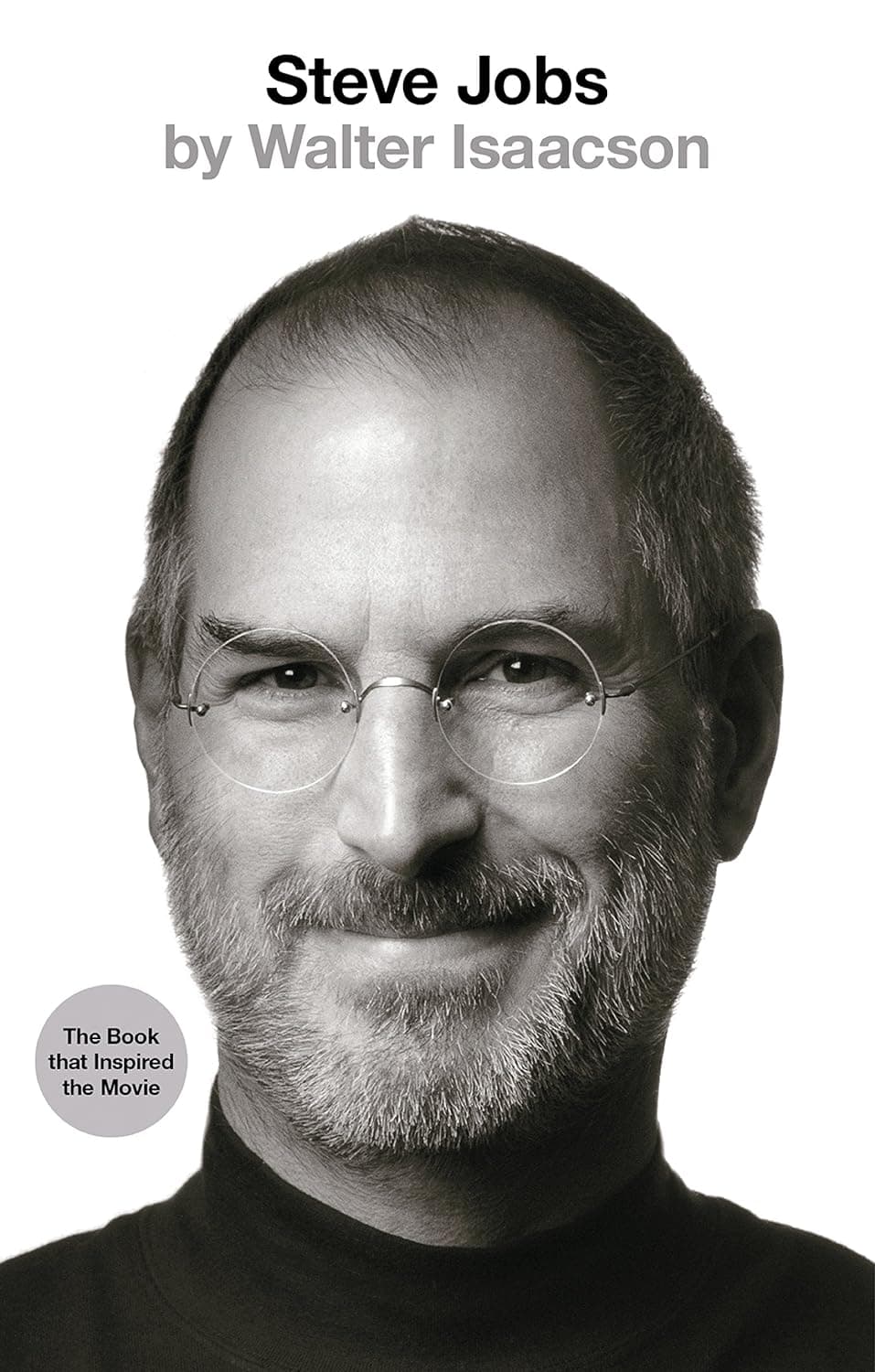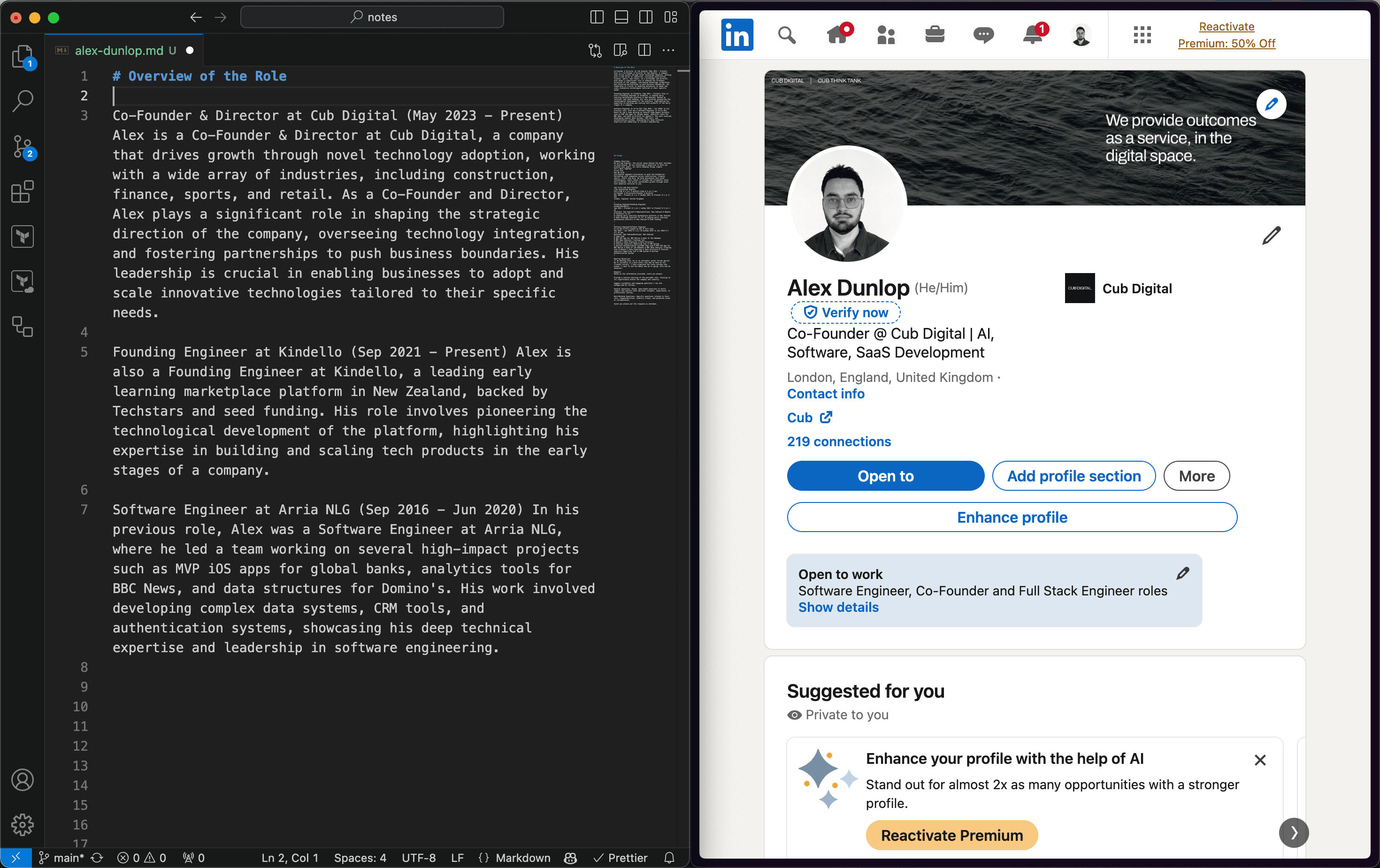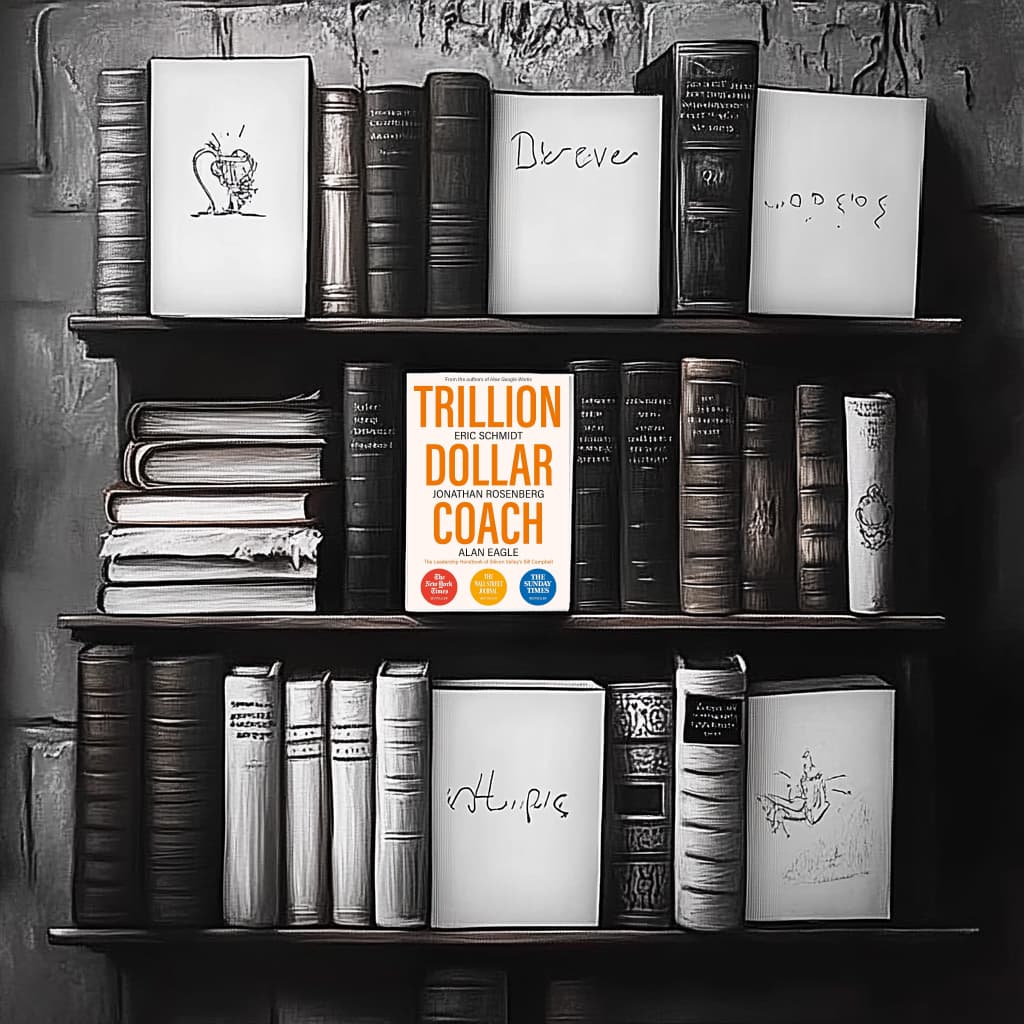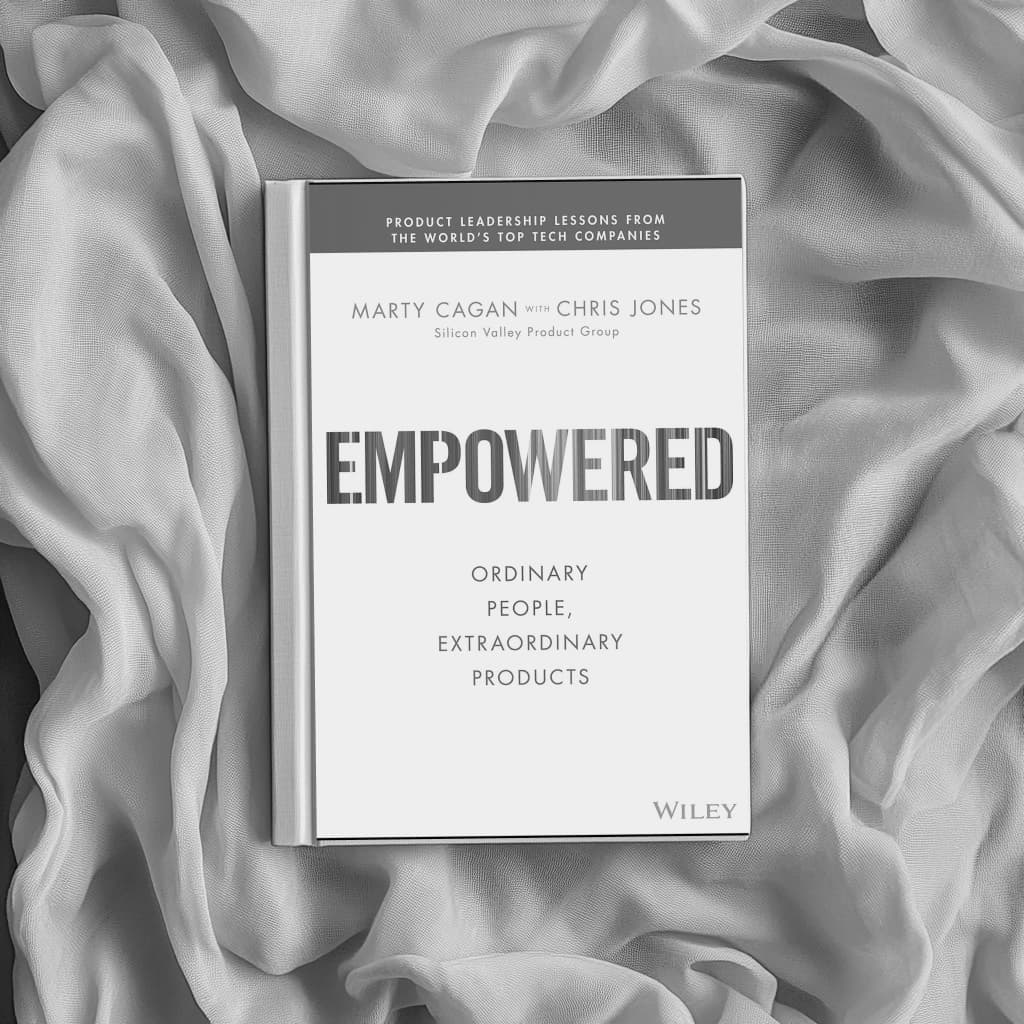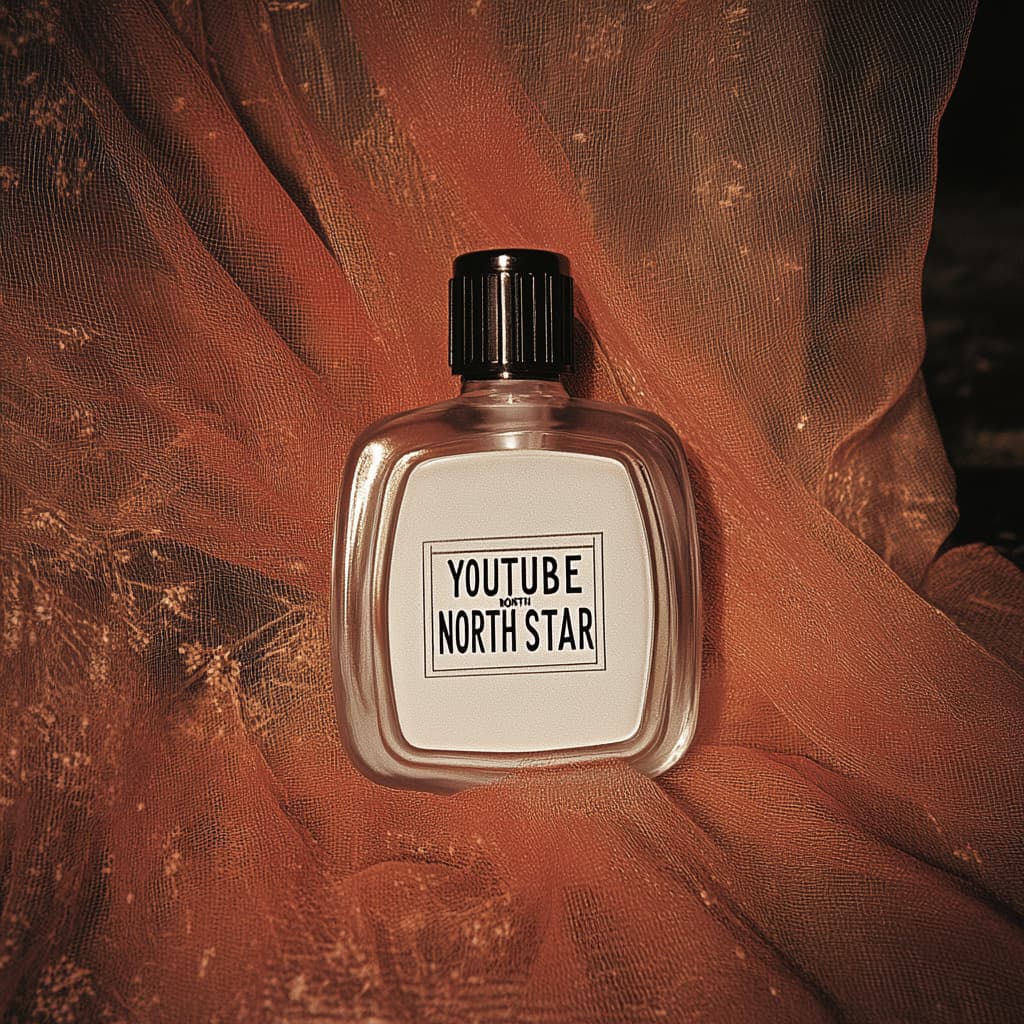The Toothbrush Test: A guide to knowing where to start with AI
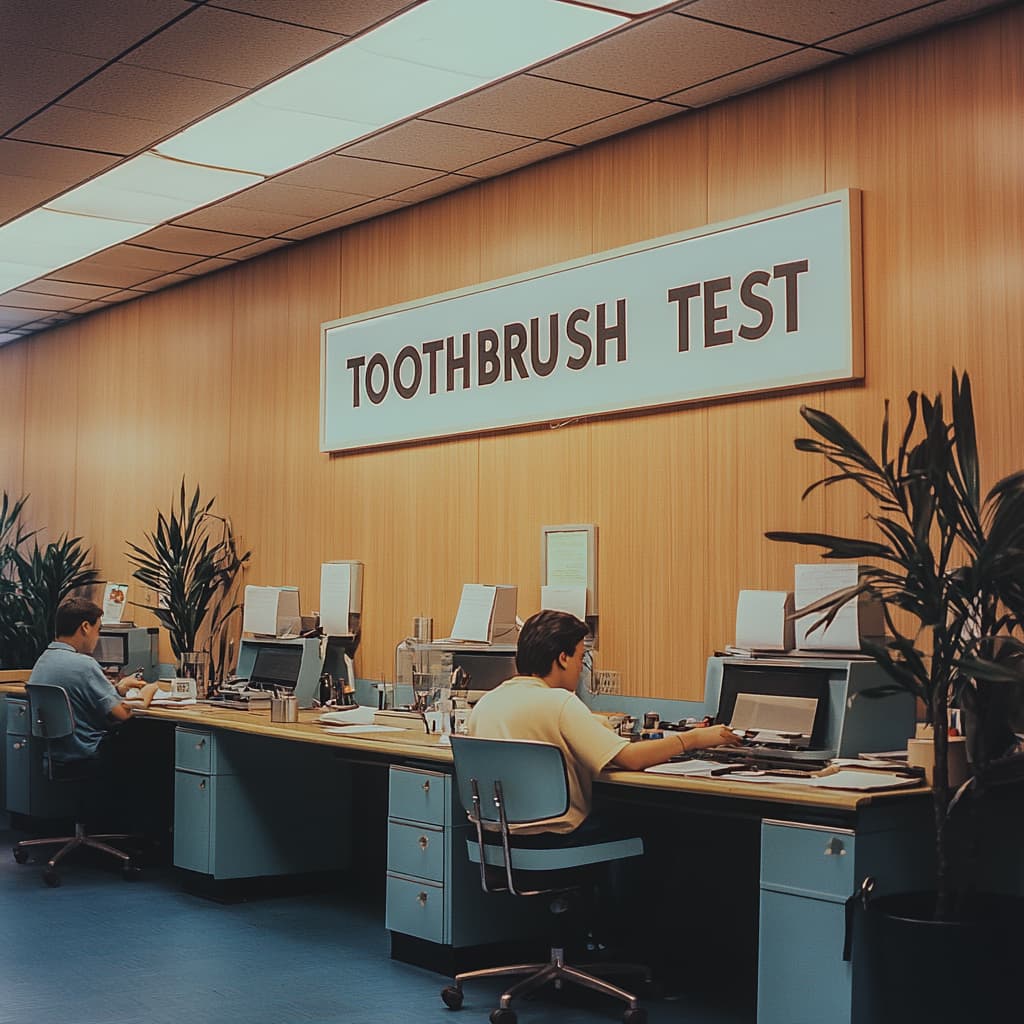
GET THE #1 EMAIL FOR EXECUTIVES
Subscribe to get the weekly email newsletter loved by 1000+ executives. It's FREE!


The most common call we get is:
"We want to do AI, but we don't know where to start."
I've tried lots of different approaches to help people find a starting point for AI.
Then I came across a great simple test that Larry Page used at Google for M&A decisions. It's called the Toothbrush Test.
How the Toothbrush Test works

Rather than getting lost with spreadsheets and confusing things, when presented with an acquistion opportunity he would ask:
"Is this something you will use once or twice a day, and does it make your life better?"
By adapting this concept to AI initiatives, we can cut through the hype and identify the AI projects that will truly transform your organisation's daily operations.
How this applies to AI
Just as Page asked "Would this product be used as frequently as a toothbrush?", we can ask two critical questions about potential AI projects:
Question 1
Frequency
Will this AI solution be used daily by your team?
Question 2
Impact
Does it meaningfully improve core business operations?
Scoring Your AI Initiatives
Let's adapt the scoring matrix for AI projects:
Frequency Score (1-5)
- 5: Used multiple times daily by most employees
- 4: Used daily by specific teams
- 3: Used weekly
- 2: Used monthly
- 1: Used occasionally/situationally
Impact Score (1-5)
- 5: Transforms core business processes
- 4: Significant improvement in efficiency/quality
- 3: Noticeable benefit but not critical
- 2: Minor improvements
- 1: Minimal impact
Example Analysis
Let's analyse common AI initiatives through this lens:
AI Meeting Summariser
Frequency: 5 (Multiple meetings daily)
Impact: 4 (Saves significant time, improves follow-up)
Score: 20
Customer Service AI Chatbot
Frequency: 5 (Constant customer interactions)
Impact: 4 (24/7 support, faster resolution)
Score: 20
Quarterly Financial Forecasting AI
Frequency: 1 (Quarterly use)
Impact: 3 (Helpful but not transformative)
Score: 3
Key benefit of going higher frequency
The good thing about starting with high-frequency AI projects it that there is more likely to be an off the shelf solution that you can use.
- This means that you get to see the benefits of AI quicker
A lot of businesses on our first call will ask to do something hectic, like basically building a perfectly tailored recommendation engine from scratch.
Meanwhile they have someone manually writing notes in a meeting.
Where to Start: High-Impact Daily Operations
Here are key areas where AI typically scores high on the Toothbrush Test:
- Communication
The easiest place to start with AI is in communication.
Fireflies was the tool for me that worked straight away and was easy to use.
It's a note taking tool that integrates with your online calling software and automatically takes notes for you.
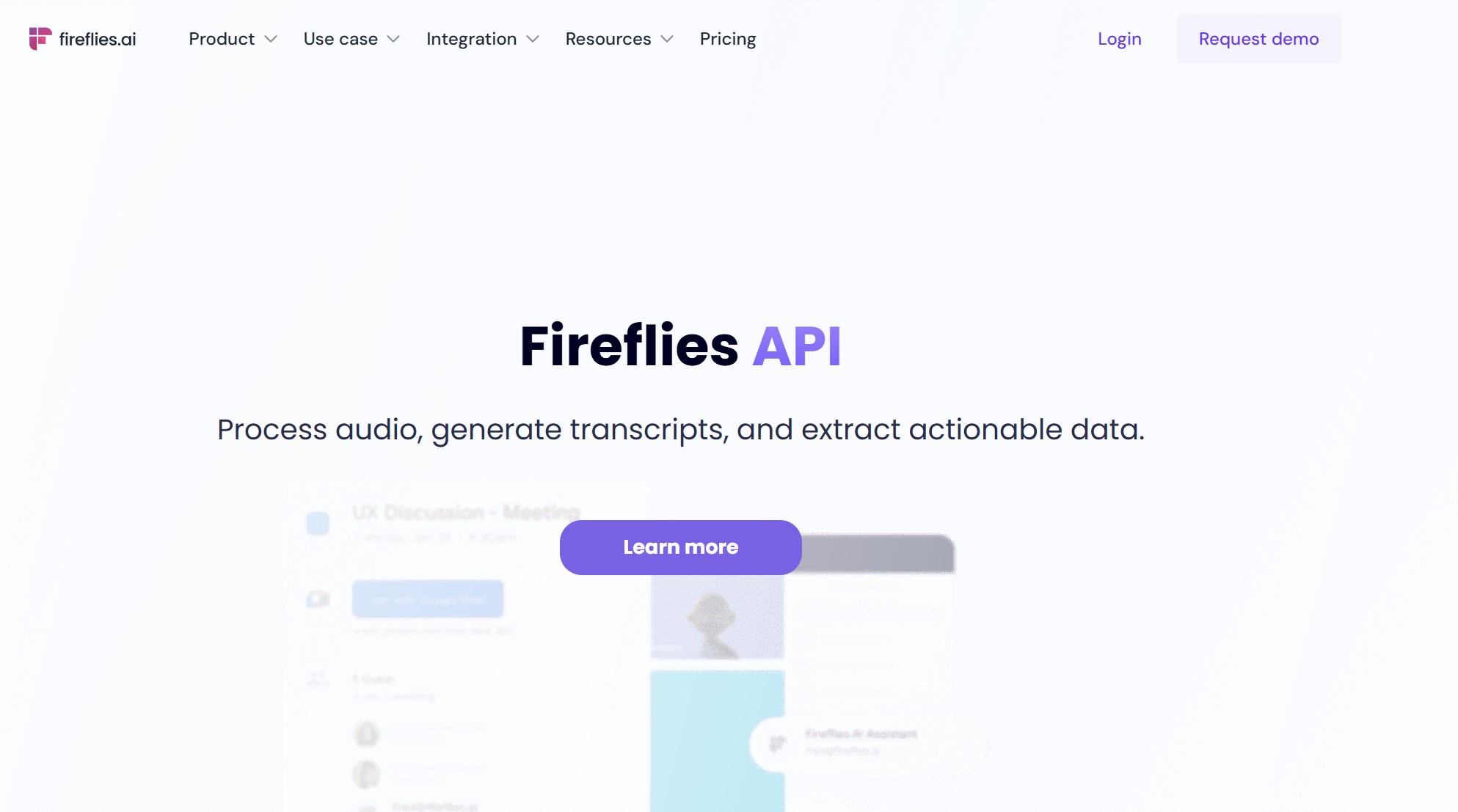
Tools like Fireflies or Superhuman are a great easy place to start
- Email summarisation and prioritisation:
- Meeting transcription and action item extraction
- Document search and knowledge management
- Quotes

Quotes are typically a high-frequency task in many businesses.
I'm a big fan of Claude and their Projects feature.
Download a large sample of your existing proposals and then upload them to Claude.
Then you can use the Projects feature to automatically generate new proposals.
Bonus Tip
If you are in an industry (like software) with a lot of lingo, it's easy to get Claude to create FAQs to go along with your quote. We often do this when sending out proposals to new clients.
- Task Creation
A lot of businesses have a lot of tasks that need to be created for projects.
My new workflow for that is.
- Upload requirements to ChatGPT and get it to recommend a project breadown and task breakdown.
- Get ChatGPT to understand the import format for task creation in your project management system. We use ClickUp and we get ChatGPT to make the tasks in an excel format.
- Bulk import them into your project management system.
Remember your mindset
We wrote a whole post on how you should approach AI like a toddler.
If you are going to succeed as a business you need to create a culture of experimentation and learning and trying things out.
If you have already done those things and are looking to go to the next level with AI, this test is still a great way to sift through the noise and find the projects that will make a difference.
The next place you could start is with an internal toolkit, and you can read more about that here.
